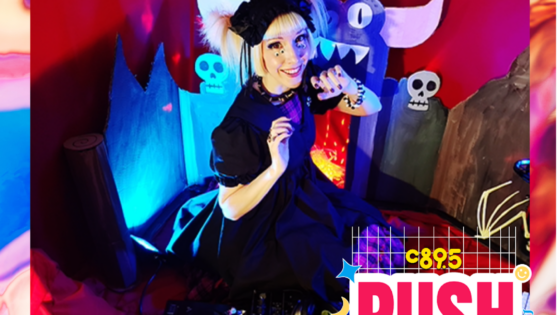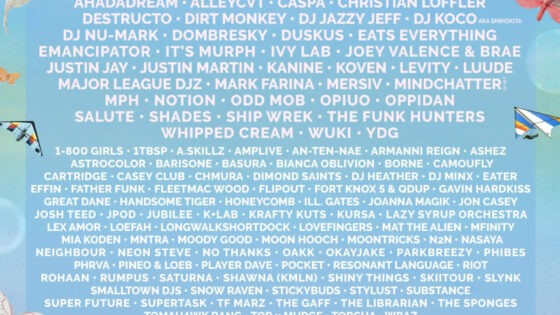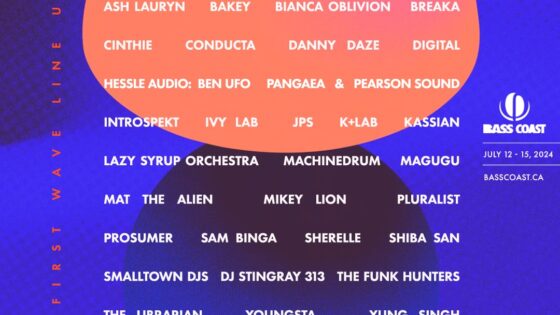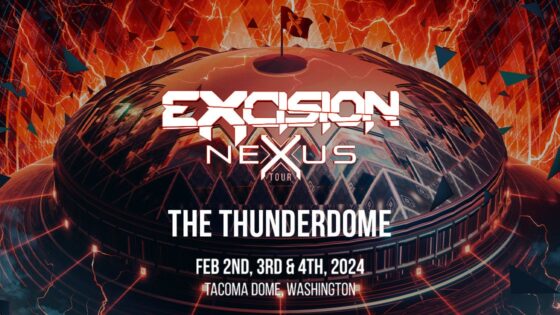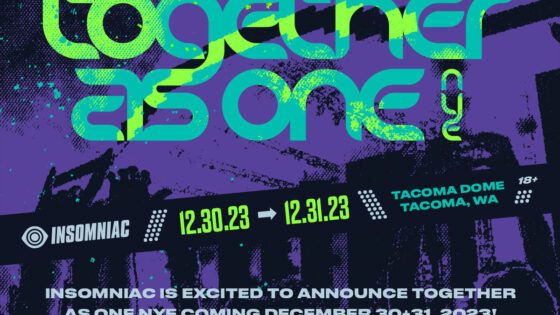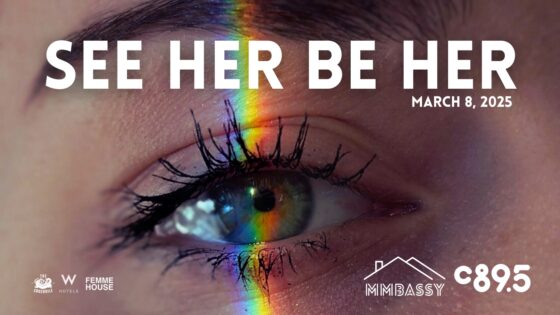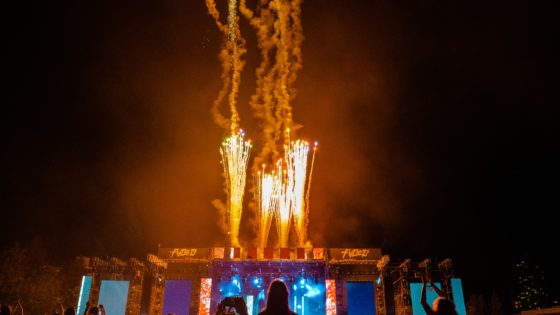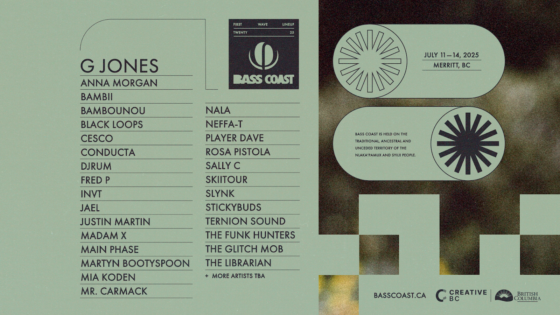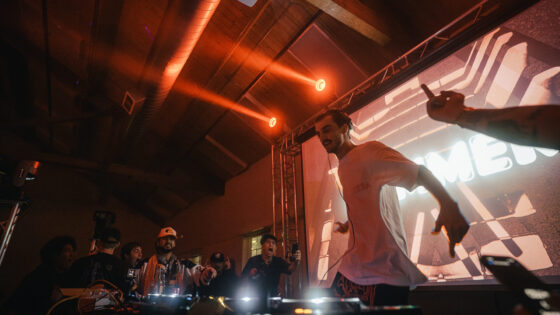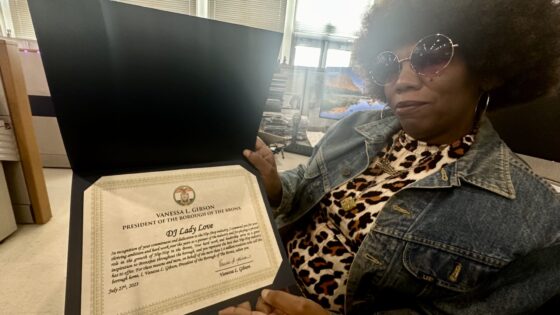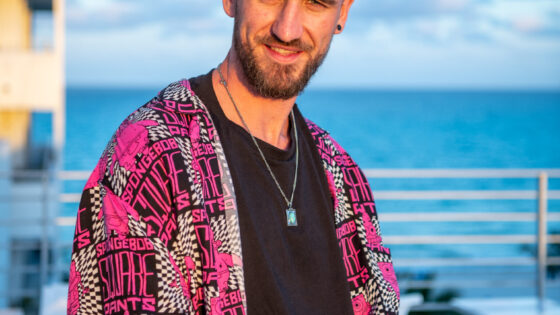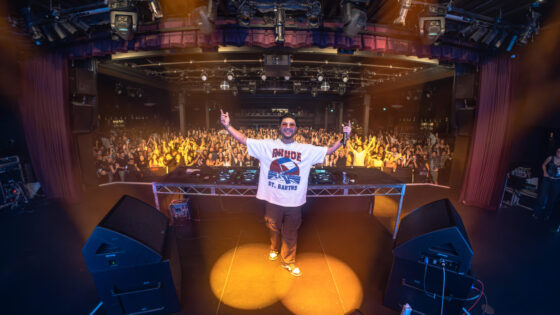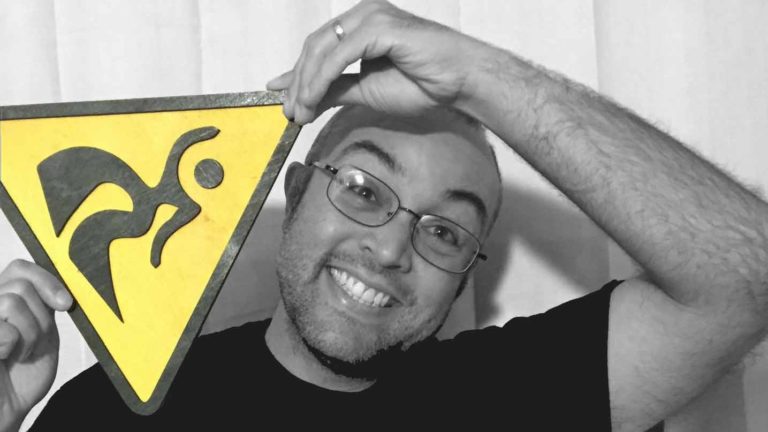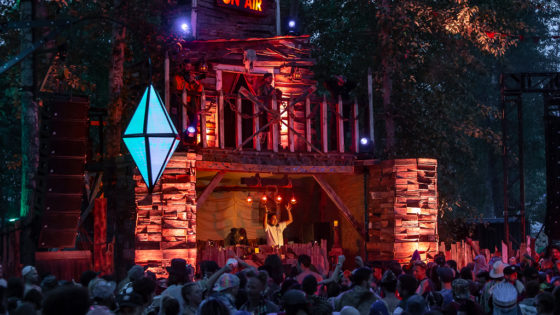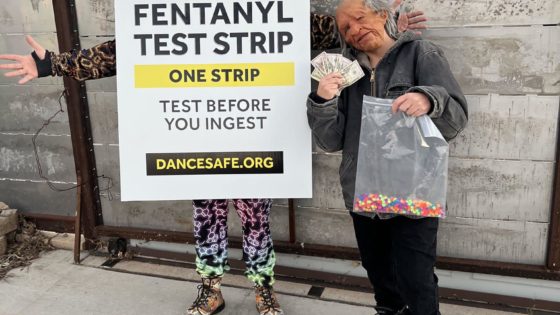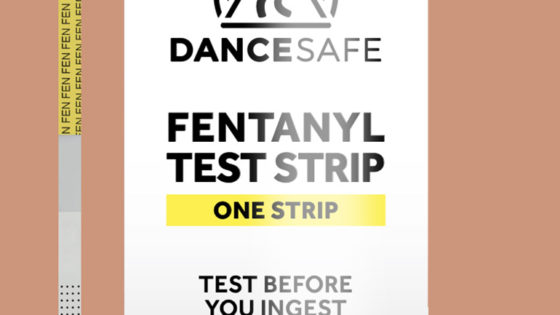For many of the veterans in the electronic music scene, Dance Safe has always been a beacon of hope in preventing harm to many of it’s fans. Dance Safe was founded by Emanuel Sferious almost 20 years ago, in an effort to provide non-biased drug safety information to the rave community. Dance Safe also offers peer counseling, psychedelic harm reduction, and intervention (i.e. helping people through a bad trip), as well as the essentials, like earplugs, condoms, and water.
There have been many executive directors for Dance Safe over the years, and now we have a new person at the helm: Mitchell Gomez. We took the time to ask him a few questions about the goals of Dance Safe under his guidance, as well as the future of harm reduction.
What are your immediate and long-term plans for DanceSafe?
At the moment, we are servicing events at the height of festival season, relaunching the DanceSafe Visionaries Program, further developing the DanceSafe Training Program, and gearing up to offer fentanyl test strips as well. In the long-term, we hope to upgrade our drug checking technology and expand access to our services.
How do you plan to make the lessons that DanceSafe teaches more accessible to people who may not be aware of the harm reduction movement?
We’ve soft launched an initiative called Harm Reduction Edu that seeks to reach individuals outside of the electronic music community. As part of the initiative, we provide guest presentations via Harm Reduction Talks. As for reaching those within the electronic music community, the Visionaries play a vital role in reaching their peers by using their voice to spread the DanceSafe message.
What sort of future do you foresee in the harm reduction movement?
We know harm reduction works. The research is out there. The future is bright as we all press forward fighting stigma, impacting cultural and societal norms, and influence sensible policies.
How can we make shows and festivals more safe?
We can make shows and festivals safer by taking a comprehensive and integrated approach to harm reduction. This means we need security, medical, compassionate care (psychedelic harm reduction and mental health services), and harm reduction services that are on the same page and to work together to really make a difference.
What are the biggest threats to harm reduction currently?
The biggest threats to the harm reduction community are poor drug policies and the stigma, misinformation, and fear that fuel them. Until our society fully embraces policies rooted in public health, human rights, justice, and liberty, harm reduction will not reach its full potential.
The Harm Reduction movement has an extremely hard uphill battle with the current administration, so we don’t expect to see vast changes in the policies that are currently held. We are confident, however, that with Mitchell Gomez at the helm of Dance Safe, the battle will move forward to a great future. It’s up to us as members of this community to help in that mission. So support your local Dance Safe chapter by buying their products, contributing financially or with your time, or simply head to their booths at festivals and show some love. They are one of your best bets for harm reduction and safety.
Important things happen in Pacific Northwest nightlife, and DMNW will send you alerts!





